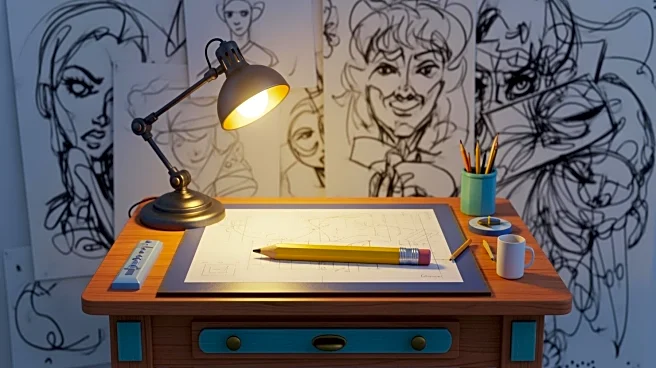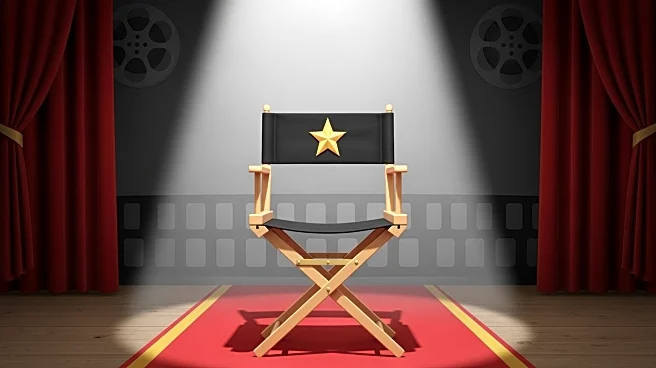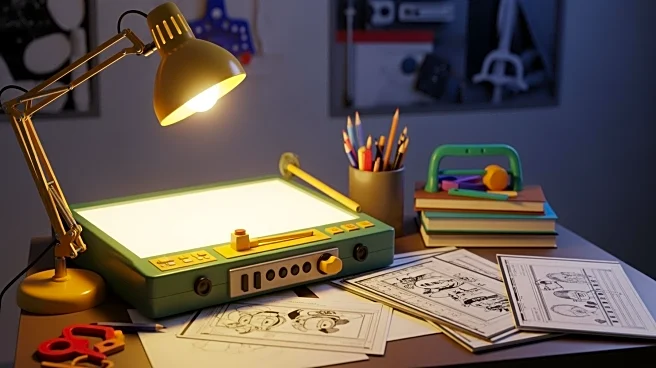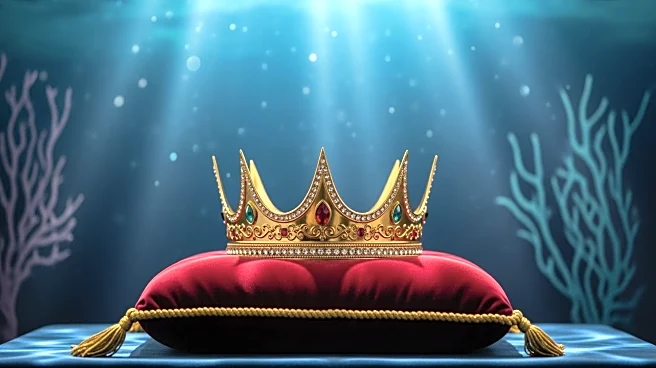What's Happening?
Pixar Animation Studios was founded in 1986 by John Lasseter, Ed Catmull, and Steve Jobs, with the ambitious goal of creating a computer-animated feature film. Despite initial skepticism, Pixar achieved this milestone with the release of Toy Story in 1995,
marking the first entirely computer-animated feature film. The studio's history is detailed in a comprehensive volume that covers its early days under George Lucas, the challenges faced during the creation of Toy Story, and its eventual merger with Disney. Interviews with Pixar directors, producers, animators, and industry insiders, along with concept art and storyboards, provide a vivid account of the studio's journey and achievements.
Why It's Important?
Pixar's success story is a testament to the power of innovation and perseverance in the face of industry skepticism. The studio's groundbreaking work in computer animation has set new standards and inspired other filmmakers to explore digital storytelling. The merger with Disney in 2006 further solidified Pixar's position as a leader in the animation industry, providing access to Disney's extensive resources and global distribution networks. This partnership has allowed Pixar to continue producing high-quality films that resonate with audiences worldwide, influencing the direction of animated filmmaking and expanding the possibilities of digital storytelling.
What's Next?
As Pixar continues to honor its legacy and innovate in animation, the studio is poised to release new films that build on its tradition of creative storytelling and technological advancement. The upcoming projects are expected to further cement Pixar's reputation as a pioneer in the animation industry, potentially leading to new collaborations and ventures that expand its influence. The studio's commitment to pushing the boundaries of animation technology and narrative will likely drive future growth and success, ensuring its continued impact on the entertainment landscape.
Beyond the Headlines
Pixar's journey highlights the intersection of technology and creativity in the entertainment industry, raising questions about the role of innovation in shaping artistic expression. The studio's success has also sparked discussions about the influence of large corporations like Disney on creative processes and the balance between commercial interests and artistic integrity. As Pixar navigates these dynamics, it may face challenges related to maintaining its unique identity and creative vision within the larger Disney framework, while also adapting to the evolving demands of global audiences.













